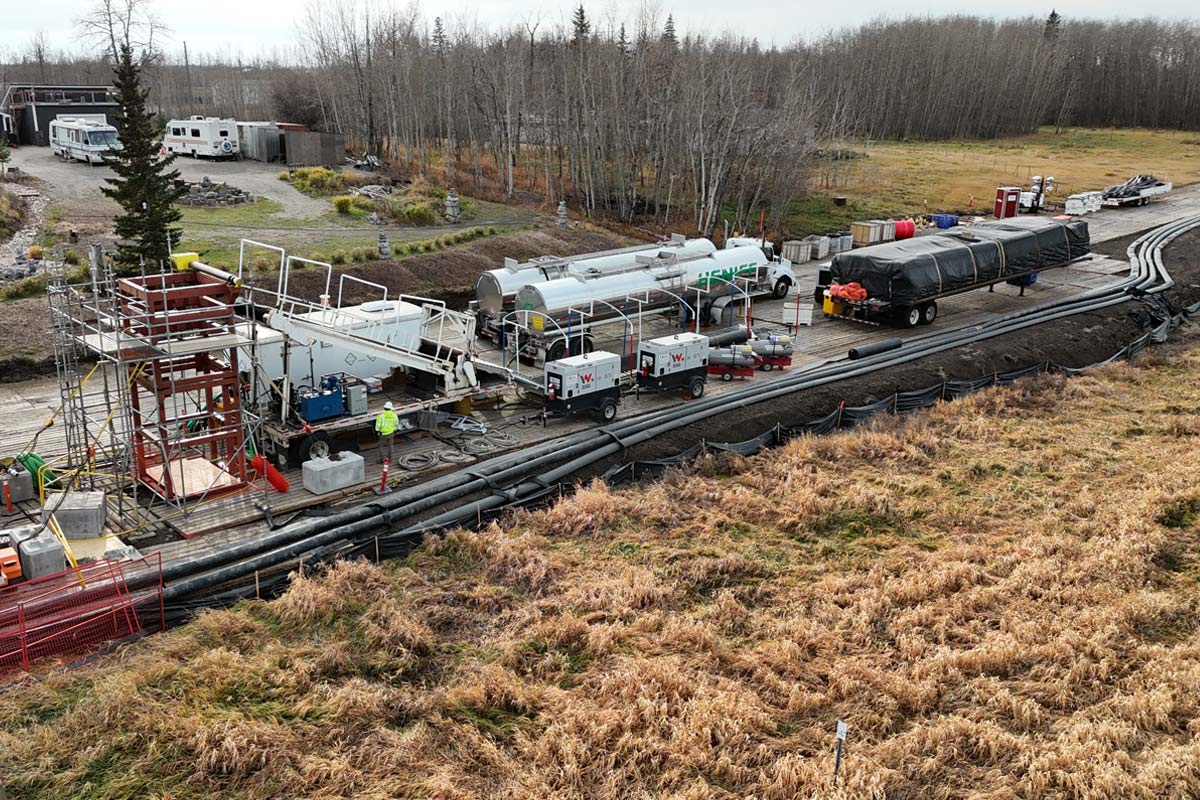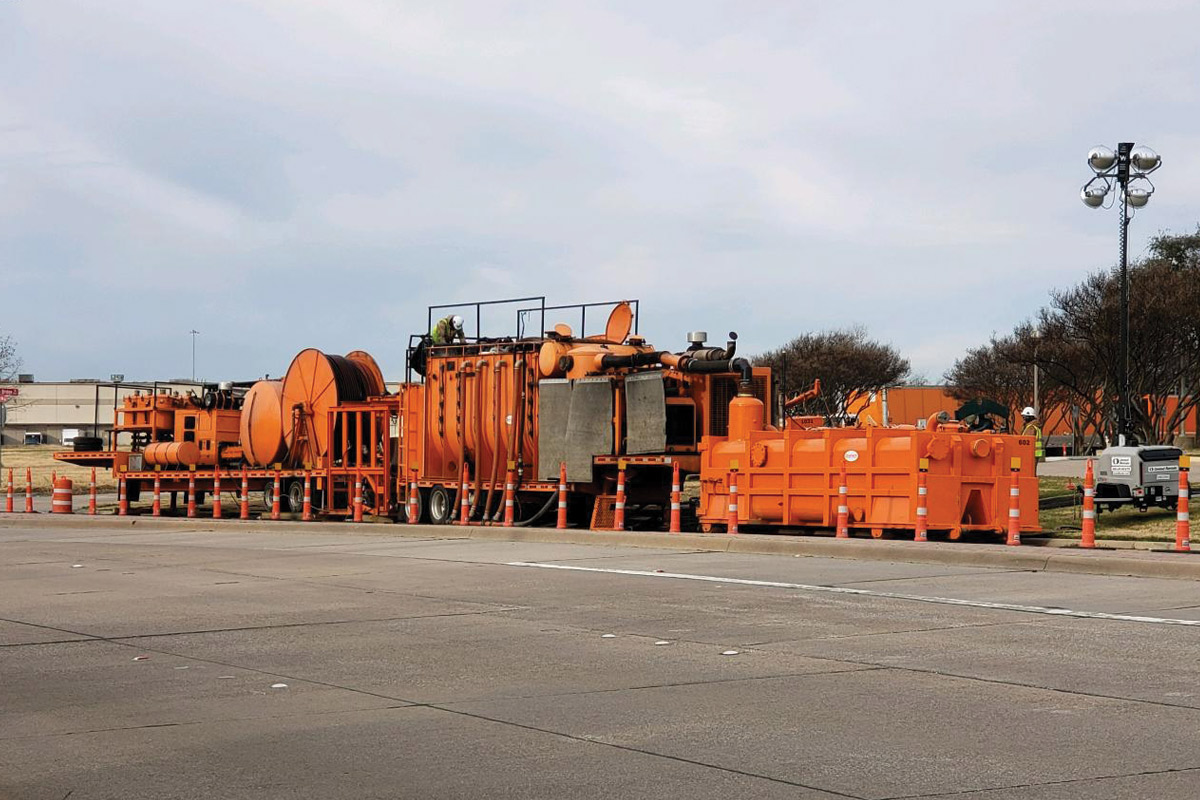
Issues that Affect the Cost of Sewer Maintenance and the Quality of Sewer Cleaning
September 1, 2016
Note: This article is a follow up story to the article published in the April 2014 issue of Trenchless Technology titled “Learning Curve: Pipe Cleaning Challenges Faced by Municipal and Private Sector Sewer Maintenance Organizations” and the November 2015 article “ Increasing Your Cleaning Time: Pipe Cleaning Challenges Faced by Municipal and Private Sector Sewer Maintenance Organizations.” I thought that it would be beneficial to you to follow up on some of the issues we have seen that directly affect the cost of sewer maintenance and the quality of the sewer cleaning.RELATED: Learning Curve: Pipe Cleaning Challenges Faced by Municipal and Private Sector Sewer Maintenance Organizations – 2014
RELATED: Increasing Your Cleaning Time: Pipe Cleaning Challenges Faced by Municipal and Private Sector Sewer Maintenance Organizations – 2015
The information contained in this article is based on information gathered over the past 20 years through conducting extensive evaluations of municipal sewer cleaning operations. The equipment manufactured for the cleaning of sewer lines is a complicated piece of machinery. The following is a general case study of the findings of these evaluations relating to use of the combination sewer cleaning unit.
These high vacuum, high-pressure producing beasts are amazingly productive machines under the right circumstances. It all begins with the writing of specifications to ensure that the unit in which you specify will give you many years of service with as little downtime as possible. In addition, the components that you specify for the “beast of burden” needs to meet the necessary tasks currently required.
During the evaluations I have conducted, generally upon inspection of their equipment, I find multiple issues. One of the most frequently found issues is that the machine the customer purchased is not really suitable for the task at hand. When faced with this reality, they wonder: Where were you when I wrote my specifications for the machine and Why did we simply purchase what the salesman told me to buy? Now they will have to live with what they have for the next several years.
In many cases, large equipment dealers take on a line of sewer cleaning equipment with little research. The results of these actions can lead to the dealer not being very knowledgeable of the overall functions, abilities and requirements of the machine they represent. We encourage the customer to do research, which should go beyond talking to a sales representative. Inquire of the dealer as to how long they have represented the equipment they are currently selling and have them provide you with contacts for recent purchasers of their equipment. Contact these individuals and inquire about the equipment and the service they have received. Contact a sewer cleaning contractor within your network and inquire as to the performance of the equipment they are currently using. Use the information they provide you in assisting you with selecting your vacuum system, chassis, high pressure water system, tool box configuration and decant system and more.
The next major issue we discover is the training that is provided at the time the equipment is delivered. This issue should be addressed in the specifications as to the type of training, testing and duration of training to be provided. The following is the typical protocol for the training on this equipment:
The machine arrives to the customer’s site. A few days later the equipment representative shows up early one morning. A crowd forms around the truck as the representative walks around the truck pointing out its features and outside component controls. Then the representative climbs into the driver seat of the cab and an employee saddles up into the passenger seat. The representative quickly goes thru the equipment engagement procedure then the dis-engagement procedure.
I have been informed of this being the entire training program on many occasions. The representative hands the operator the keys and says call me if you have any questions. I have seen the look of horror come over the operator on several occasions. His mind is reeling, he has just been given the keys to a $500,000 machine and expected to operate it properly. This is where it goes downhill. In reviewing multiple mechanic reports over the years, the learning curve for a new operator is about six months. In this six-month period, the unit suffers multiple breakdowns due to operation and maintenance failures by the operator. But the operator eventually figures it out and the equipment down time recedes like a slow tide going out. We do not necessarily fault the operator. In interviewing hundreds of operators over the years we have only found a very small number that have actually completely read the operation and maintenance manual for their unit. Upon completion of many evaluations and during the presentation of our final report, many times a look of anger comes over the management group as we review the report. I always have to remind them that the operator was not required to read the manual and go on to explain the limited amount of training they received. In fact, I have been in many customer meetings where the operation and maintenance manuals could not be found.
Another leading cause of equipment downtime we have discovered based on our research is what we call the “grey area.” These complicated machines incorporate multiple components that require periodic maintenance. If these components are not properly maintained, they most assuredly will fail at some point in time. I recently interviewed an operator in which this occurred to him. His story was hair-raising.
When the universal joints connecting the shaft failed, the shaft was slung violently from under the truck and across a busy road. Fortunately, no one was injured, but the machine suffered structural damage. After inspecting the repair that had been made a few months previously, I noticed that the same universal joint that had failed was void of grease. Upon inquiring of the operator, he said the shop was responsible for greasing that fitting. The “grey area” is the concept that required maintenance is not being performed on the unit because the maintenance/mechanic shop thinks the operator is performing it and the operator thinks the maintenance/mechanic shop is performing it. The result is that the required maintenance is not performed and the associated component with the needed maintenance fails. The grey area strikes again. In every city that we have performed evaluations without exception, we have found the grey area to exist.
Through our interviews with the mechanics that perform the maintenance and repairs on these sewer cleaning units, there is typically a lot of stress on the mechanic. These machines are not humble garbage trucks or back hoes. These units incorporate multiple components and sophisticated systems all requiring a working knowledge of their functionality and the controls that operate them. This can cause issues with troubleshooting any potential problems that arise. Once the repair is made, the mechanic may lack the knowledge to engage the problematic system to test the repair. This can lead to a unit being down for days or even weeks. We have found units that have been down for three to four months due to a high pressure water pump. It definitely pays to make sure your maintenance personnel are properly trained to diagnose and treat the major systems of these units.
Conclusion
The downtime of machinery in any public sector service provider can be a major hindrance to the inhabitants of that area. It is up to the group leadership to prioritize the workings of each sector, in this case, sewer/wastewater collection system maintenance, to do all it can to minimize down time and maximize productivity to produce a savings to the public sector and more importantly provide a safe, clean environment in their surroundings. It is clear that there is a governmental mandate to continually improve wastewater collection services as evidenced by EPA mandates and SSO fines. Technology in the wastewater sector is improving the quality of service exponentially in the past 20 years. Let’s do all we can to make sure that training of operators, maintenance personnel and management stay current at the same pace.
Rusty Nezat is director of Nezat Training and Consulting.




